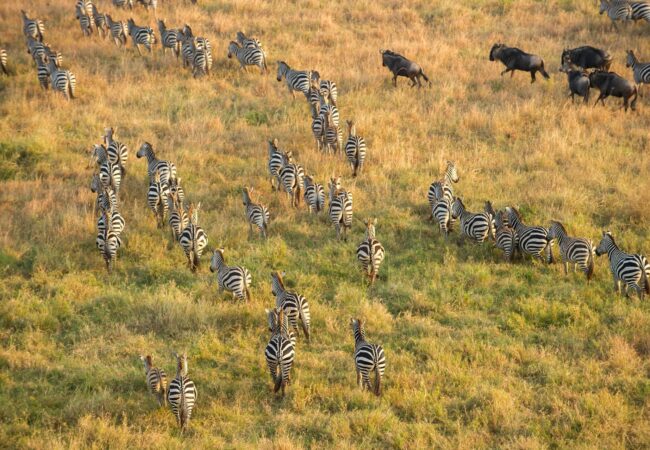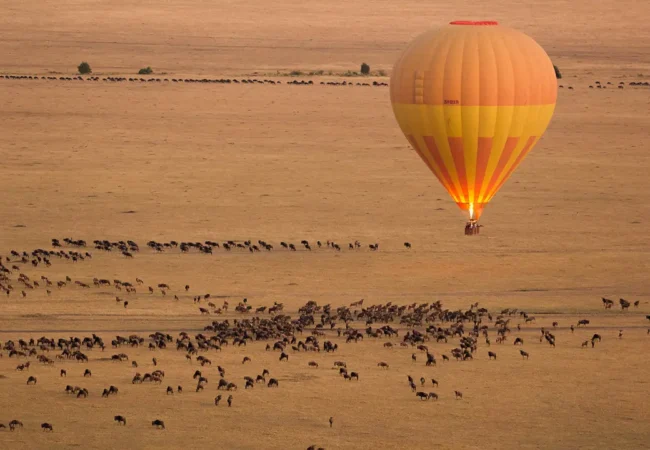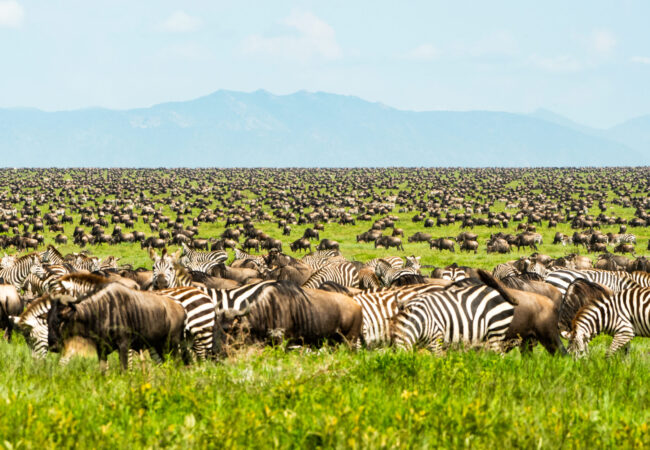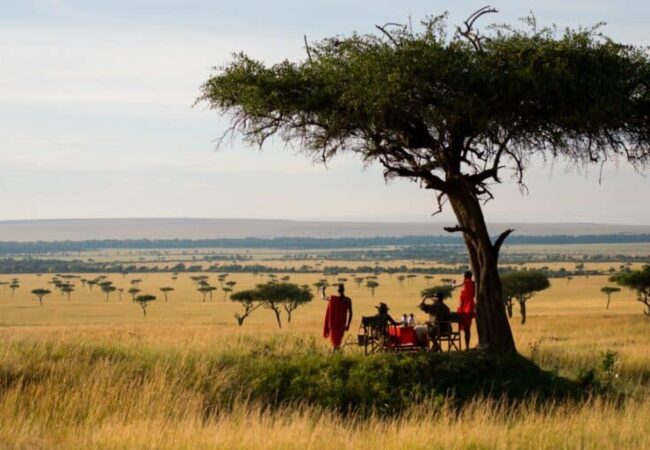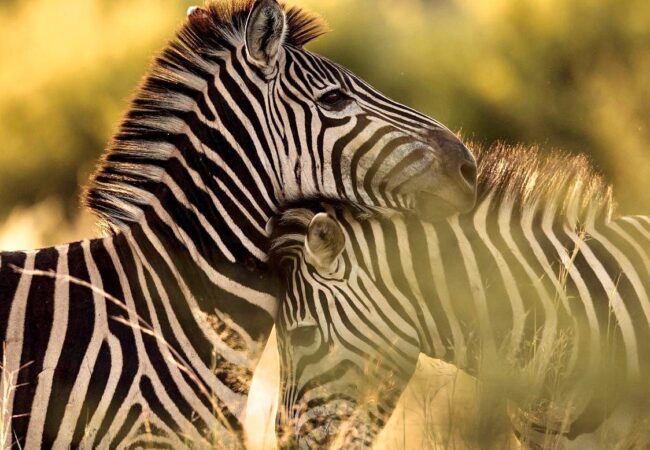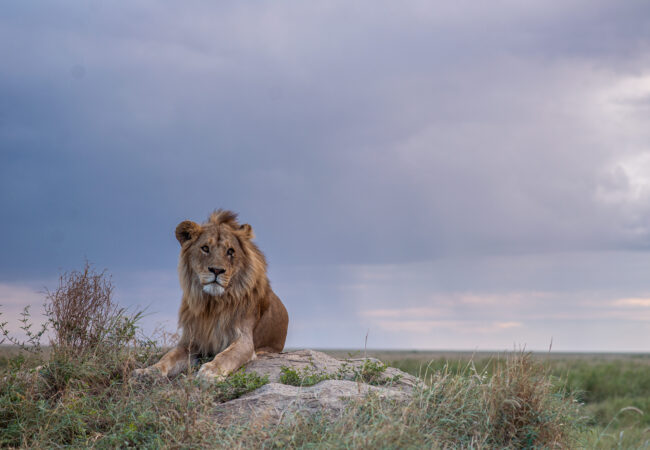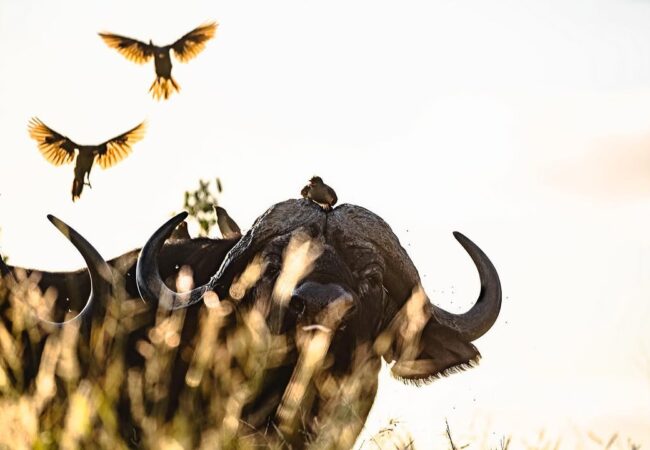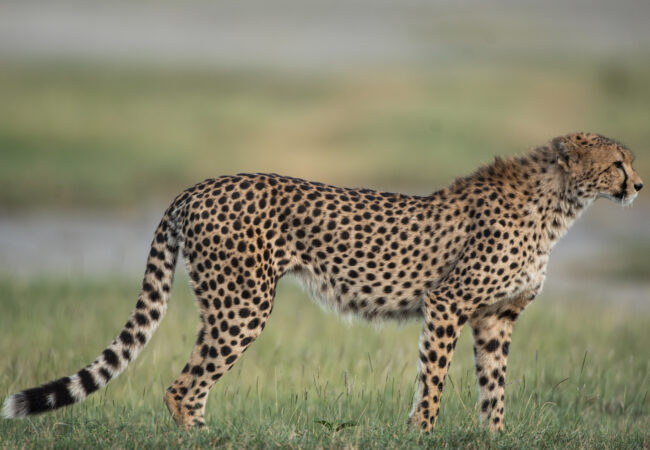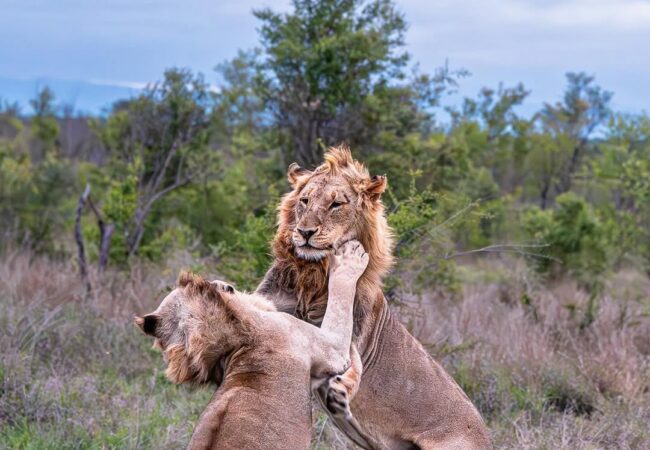Ngorongoro Crater Safari
- Home
- Ngorongoro Crater Safari
Ngorongoro Crater Safari Tours
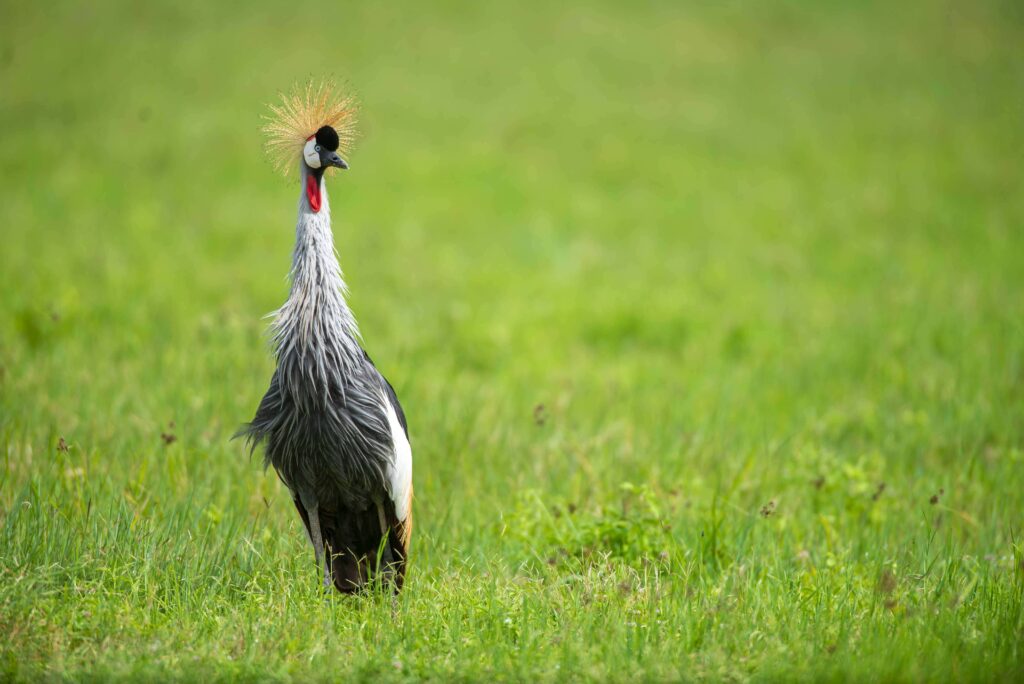
Ngorongoro Crater Safari Tours offer travelers the chance to explore one of Tanzania’s most spectacular natural wonders. The crater is a vast volcanic caldera filled with breathtaking wildlife and dramatic scenery. Additionally, cultural encounters with the Maasai make the journey even more memorable. These tours combine adventure with comfort, appealing to families, couples, and solo explorers alike.
Why Visit Ngorongoro Crater
The Ngorongoro Conservation Area is recognized as a UNESCO World Heritage Site. Lions, elephants, rhinos, and countless bird species live within its boundaries. Moreover, the views from the crater rim are some of the most striking in Africa. Travelers often describe the location as a living museum of wildlife because of its unique ecosystem and rich biodiversity.
What to Consider Before Booking
When preparing for a safari, certain factors should be reviewed. First of all, timing is essential. The dry season is best for clear sightings and photography. In addition, travelers must decide between luxury lodges example Ngorongoro meli or budget campsites, depending on comfort and cost. Health preparations are recommended, including malaria prevention before traveling.
FAQ About Ngorongoro Crater Safari Tours
Q: How long do tours last?
Most itineraries run one to three days depending on the chosen package.
Q: Are they family-friendly?
Yes, shorter game drives and child-friendly lodges make them suitable for families.
What Not to Include
Heavy luggage should be avoided on safari. Plastic waste must not be carried, and unsafe off-road driving is prohibited. Finally, travelers are advised to bring essentials only for a smooth and enjoyable trip. In addition, bright-colored clothing that may disturb wildlife should not be packed. Strong perfumes or sprays are discouraged since they can attract insects. Travelers should also avoid carrying food items that spoil quickly, as they may attract animals. Unnecessary electronic devices and loud music equipment are not suitable for Ngorongoro Crater Safari Tours because they can disturb the natural environment and reduce the safari experience.
Recommended Package
Starting From:
TAXES INCL/PERS
Starting From:
TAXES INCL/PERS
Starting From:
TAXES INCL/PERS
Starting From:
TAXES INCL/PERS
Starting From:
TAXES INCL/PERS
Starting From:
TAXES INCL/PERS
Starting From:
TAXES INCL/PERS
Starting From:
TAXES INCL/PERS
Starting From:
TAXES INCL/PERS
Join Our Newsletter
To Get Updated On Safari Deals



